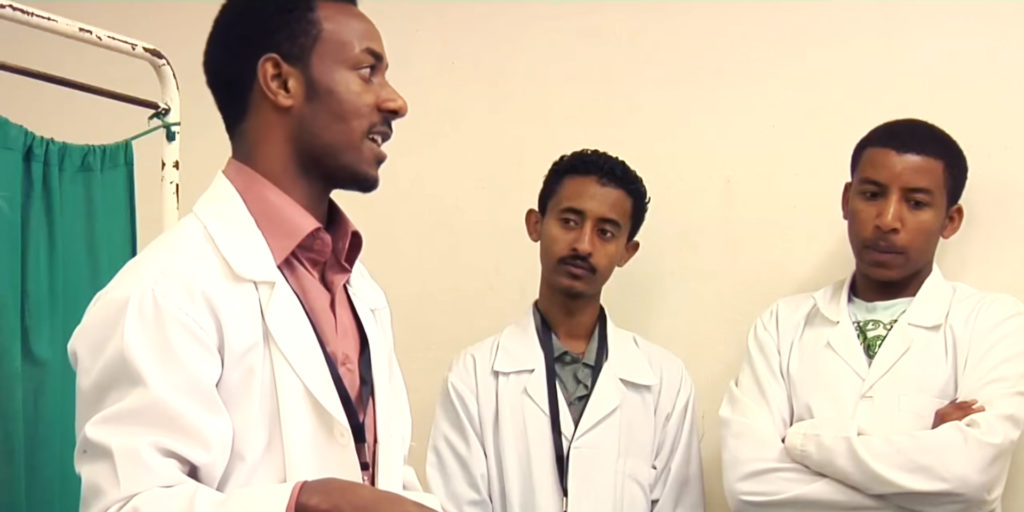Three things you didn’t know about Hinari

Today, 7 April, marks World Health Day. This year, the day has a special focus on recognizing nurses and midwives. As the World Health Organization (WHO) puts it: “Without nurses, there would be no COVID-19 response.” We asked our colleagues at Hinari, Research4Life’s health information program, about the very first nursing resources on the platform.
“Hinari is very essential for our institution to meet the demands of academic staff, since our funds for journal subscriptions are dwindling. We have seen Hinari transform institutions like ours.”
Gwagwalada Specialist Hospital, Nigeria
The first nursing journals became available through Hinari in 2002
To be precise, on 30 January 2002, 44 nursing journals were added from founding partners Wolters Kluwer, Elsevier and Wiley. The very first one to be added was Elsevier’s Accident & Emergency Nursing.
Hinari launched with 1500 health-related journals from six major publishers: Blackwell, Elsevier, STM, Wolters Kluwer, Springer and Wiley. Today, it includes content from up to 165 publishers, offering up to 77,000 resources.
Today, Hinari includes 183 nursing journals and 148 nursing books
Research4Life users can access all journals and books through the Hinari content portal. Not a user? Check if your insitution might be eligible for access to Research4Life. If so, talk to your institution’s librarian to see if you can register.
The first nursing institution to join the program was based in Papua New Guinea
St. Mary’s School of Nursing, located in Vunapope, joined Hinari on 30 January 2002. The first institution overall to get access to Hinari was the Zimbabwe Open University in Harare – they joined earlier that same day.
To learn more, watch this interview with Kimberly Parker, Chair of Research4Life and Hinari Programme Manager from the WHO.
Spotlight on Hinari users
“There is a huge inequality in the developing world regarding access to health information. Hinari levels the playing field.”
School of Tropical Medicine, Ho Chi Minh City, Vietnam
For the past eighteen years, users from around the world have been accessing Hinari to find vital resources for their research and health practices. Here are some of their stories.
Nazim Uddin, the Senior Manager at the Library and Information Services Section of the Centre for Diarrheal Disease Research, Bangladesh, created a modern library and information center at his institution. Staff and researchers can access tens of thousands of journals and books, both in print and through Hinari.
In Vietnam, surgeon Nguyen Duc Chinh used Hinari to finish his PhD research, keep updated on his field of work and help patients, medical students and his colleagues at one of the country’s leading hospitals.
The University of Lubumbashi’s School of Public Health used Hinari to study population exposure to metals that helped convince political leaders to strengthen environmental monitoring.
Physiotherapist Mulugeta Bayisa’s experience with Hinari has helped him find better ways to treat his patients and teach his students at the University of Gondar in Ethiopia, by accessing original research articles, information on clinical trials and reviews.
At the CURE Ethiopia Children’s Hospital, an orthopedic surgeon used Hinari to treat a young patient, who would have lost her leg to a rare form of cancer.
In Zambia, Hinari helps Tiny Tim & Friends, a small but effective charity that specializes in paediatric HIV/AIDS clinical care, to improve the lives of HIV-infected orphans.
Gudrun Witt works to improve safety of childbirth in Zimbabwe: access to evidence through Hinari is changing the way crucial activities – such as resuscitation of the newborn – are carried out.
The Research4Life team has also conducted several Hinari trainings: read our stories from Bosnia and Herzegovina, Egypt and Fiji!





